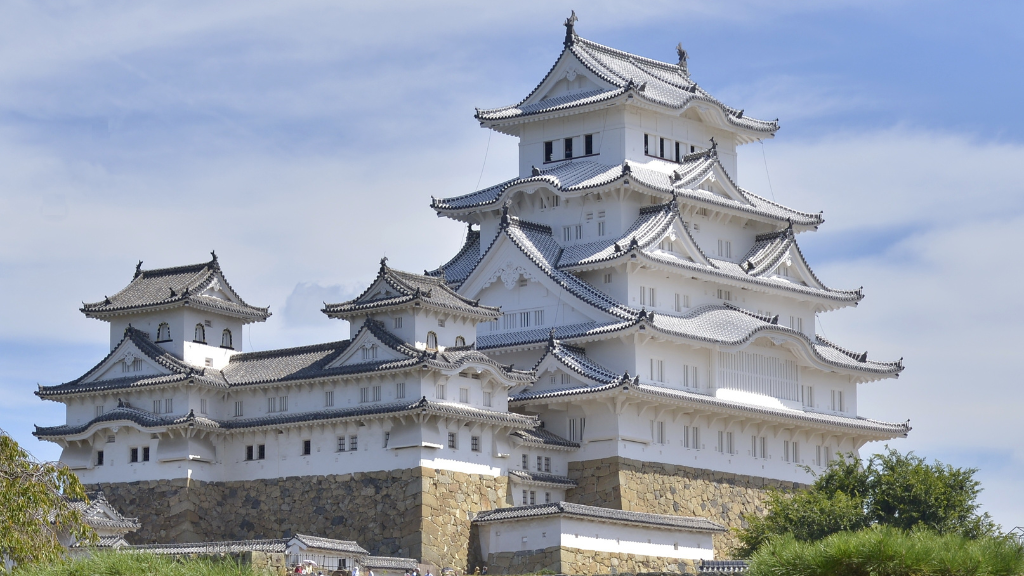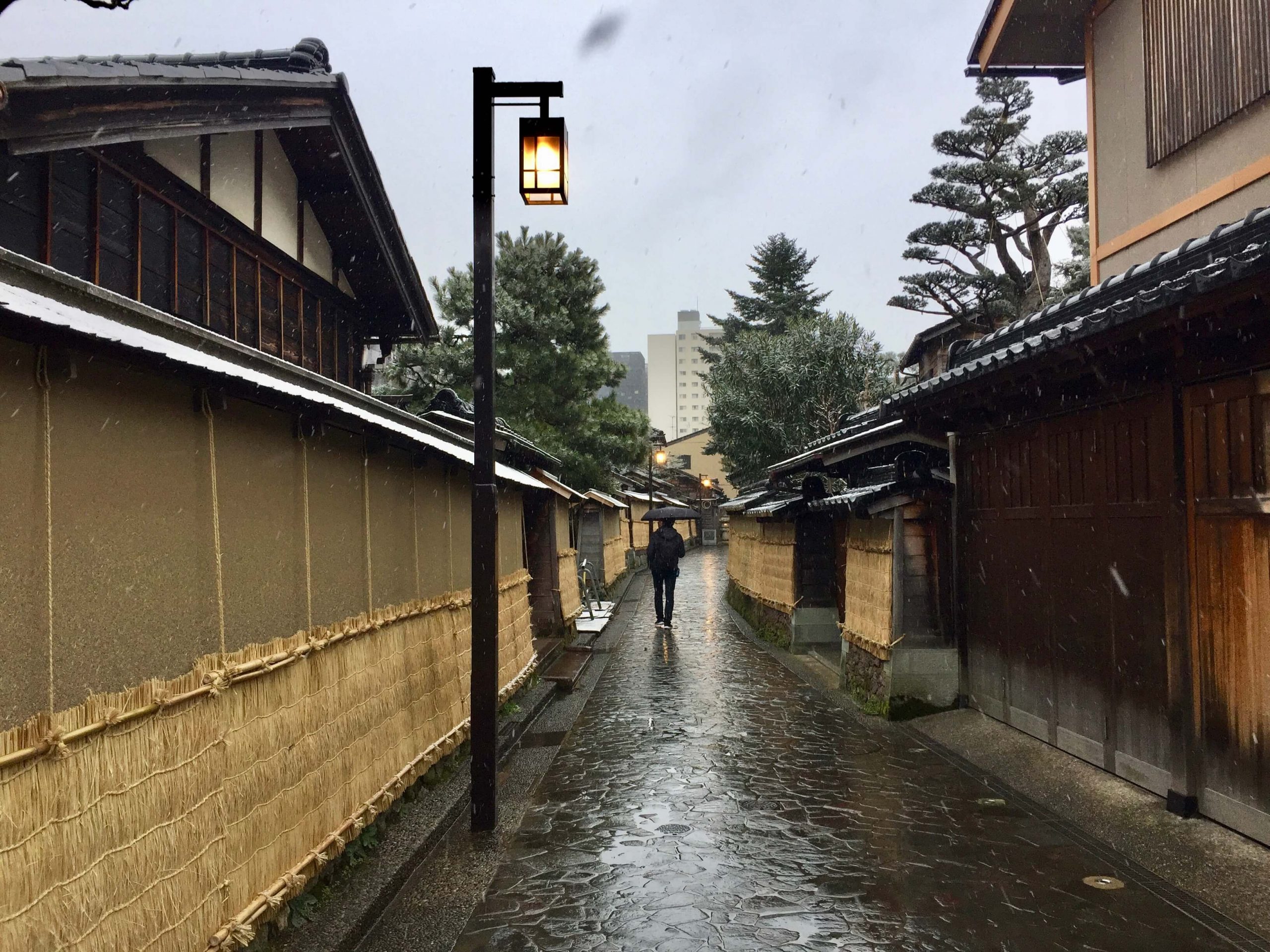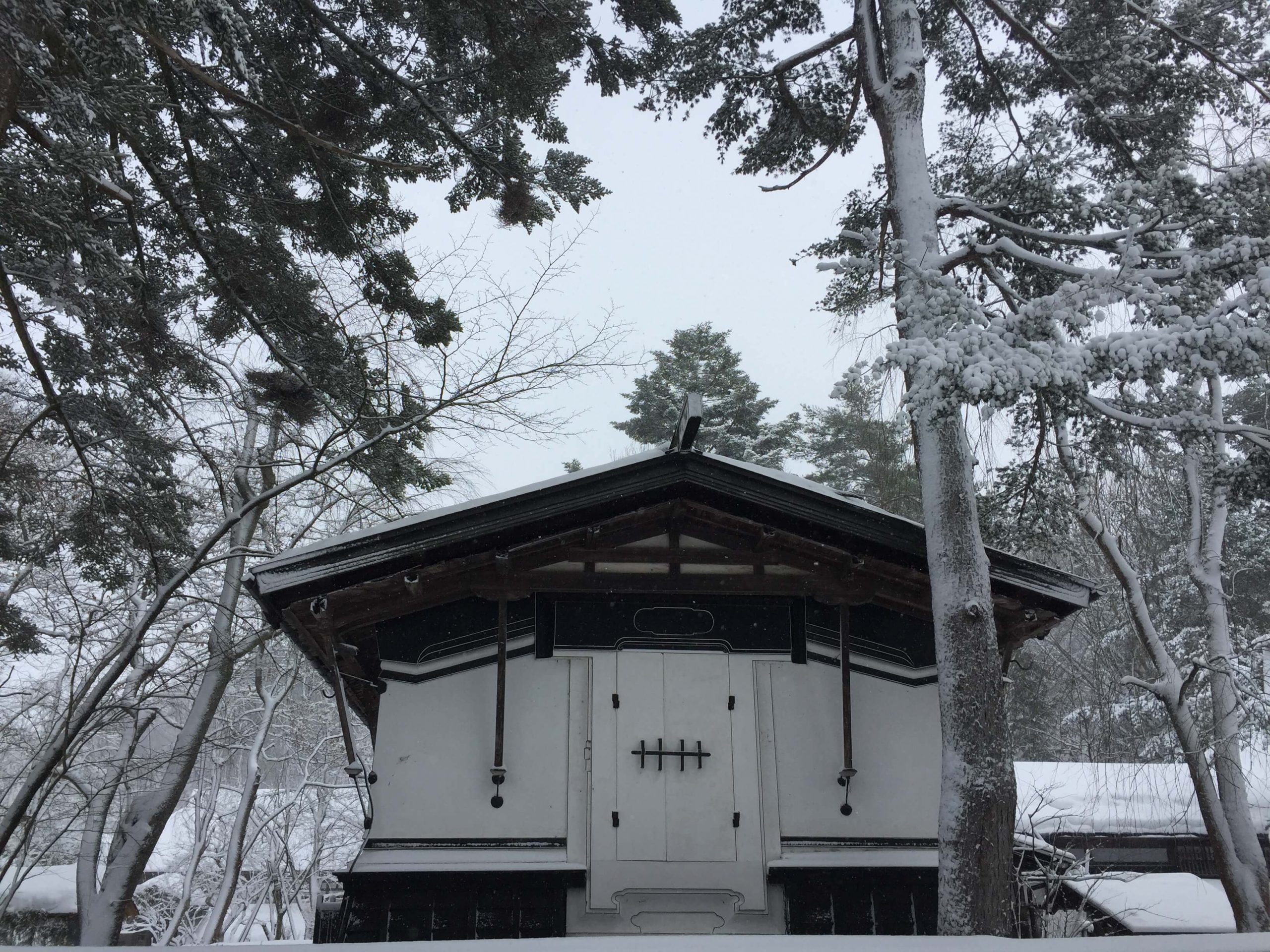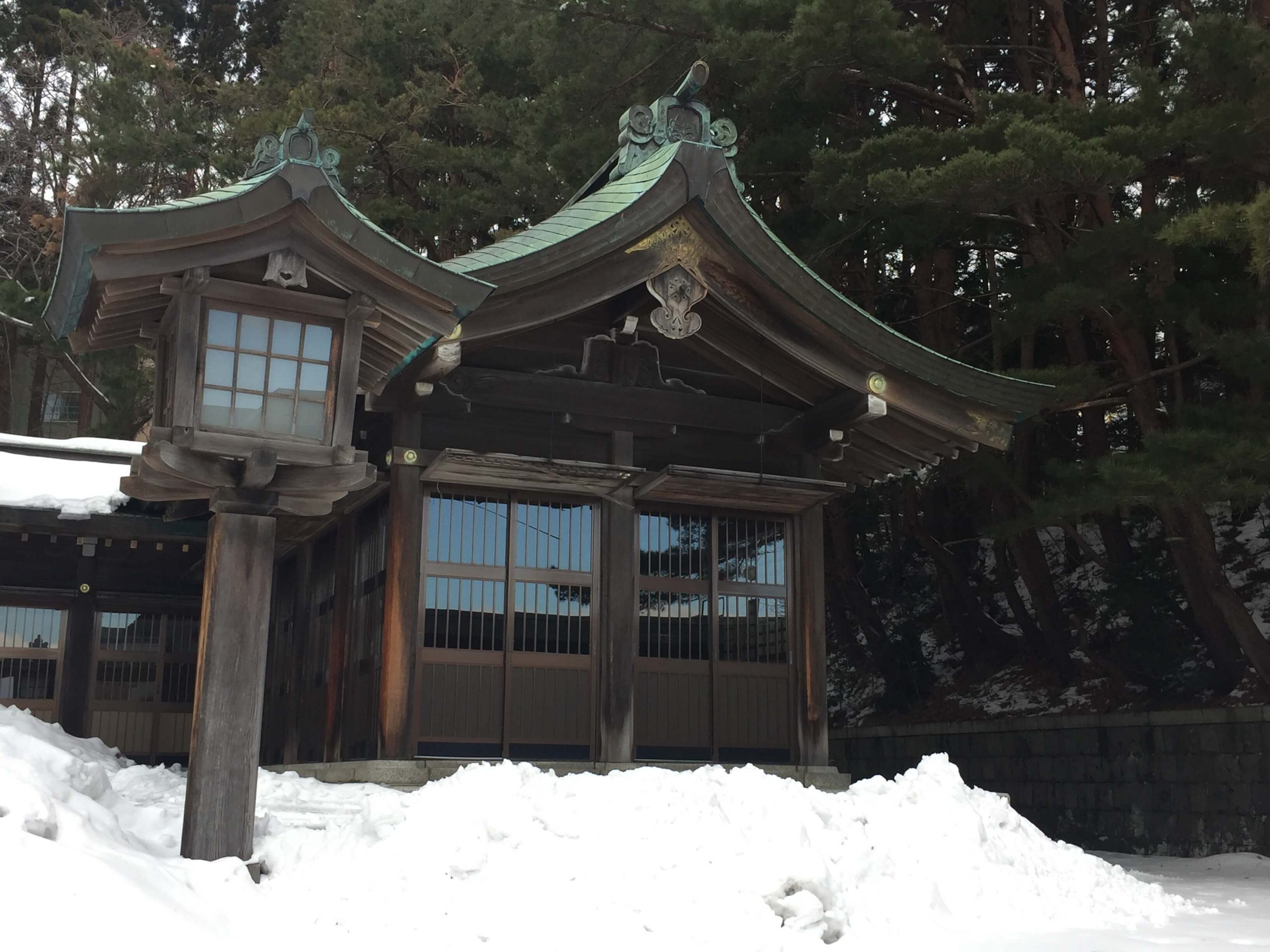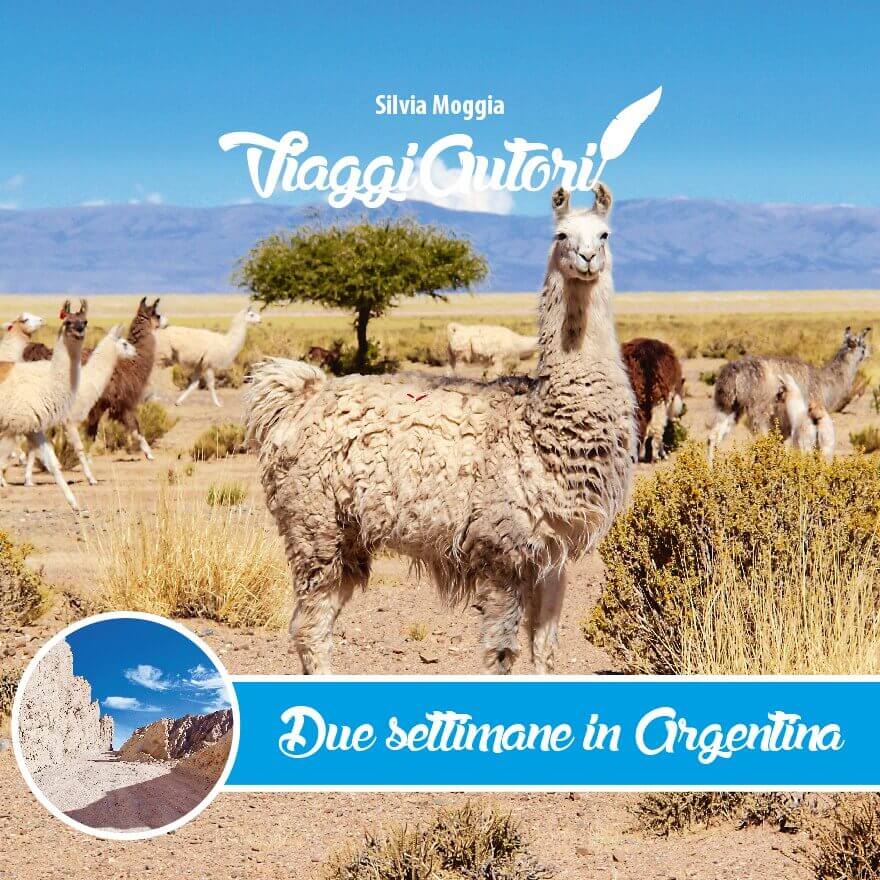Nestled amidst the serene landscapes of Japan stands a true testament to the country’s rich history and architectural prowess — Himeji Castle.
Often hailed as the “White Heron Castle” due to its pristine white exterior and elegant design resembling a bird in flight, Himeji Castle stands as a beacon of Japan’s feudal past and a UNESCO World Heritage Site.
A glimpse into history
Japan was once a land of castles, as well as warring armies and samurai: Sengoku jidai (1467 –1615), the era of wars, it was called. But a century was enough to erase everything, and of these fascinating buildings, which were very different from their European counterparts, very few originals remain: just twelve. They are built largely of wood: some were destroyed by fires, some by earthquakes, some by American bombs, like cities, like temples. However, few know that many castles were dismantled by the Japanese themselves during the Meiji modernization period.
Himeji Castle’s roots trace back to the 14th century, although its current form primarily dates to 1609 when it was expanded by the feudal lord Ikeda Terumasa, who received it as a gift from the shogun Tokugawa Ieyasu.
Built atop a hill in the Hyogo Prefecture, its strategic location allowed it to serve as a vital defensive stronghold during Japan’s tumultuous feudal era. Over the centuries, the castle witnessed numerous battles, political intrigues, and societal changes, yet it endured, emerging as a symbol of resilience and architectural brilliance.
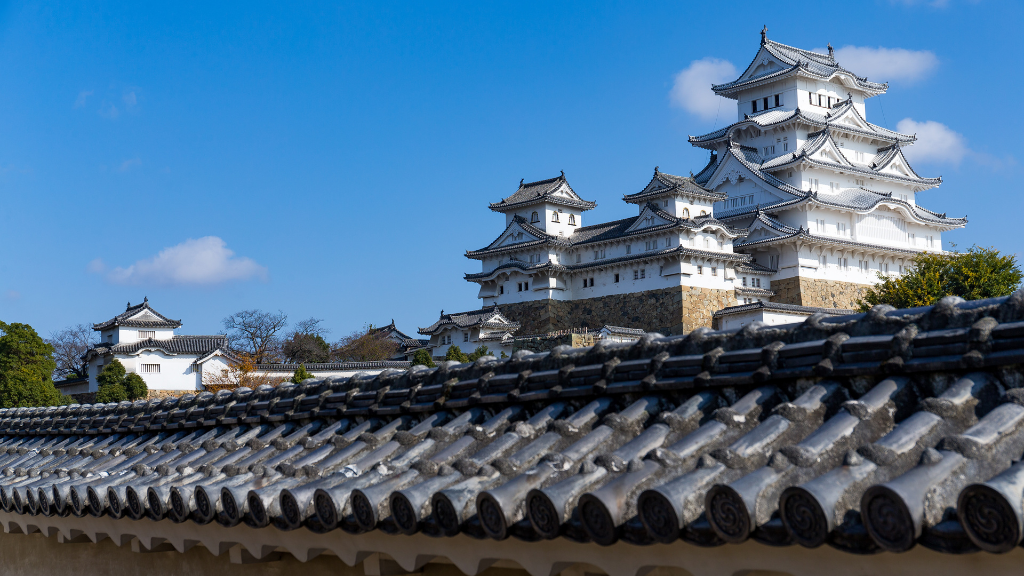
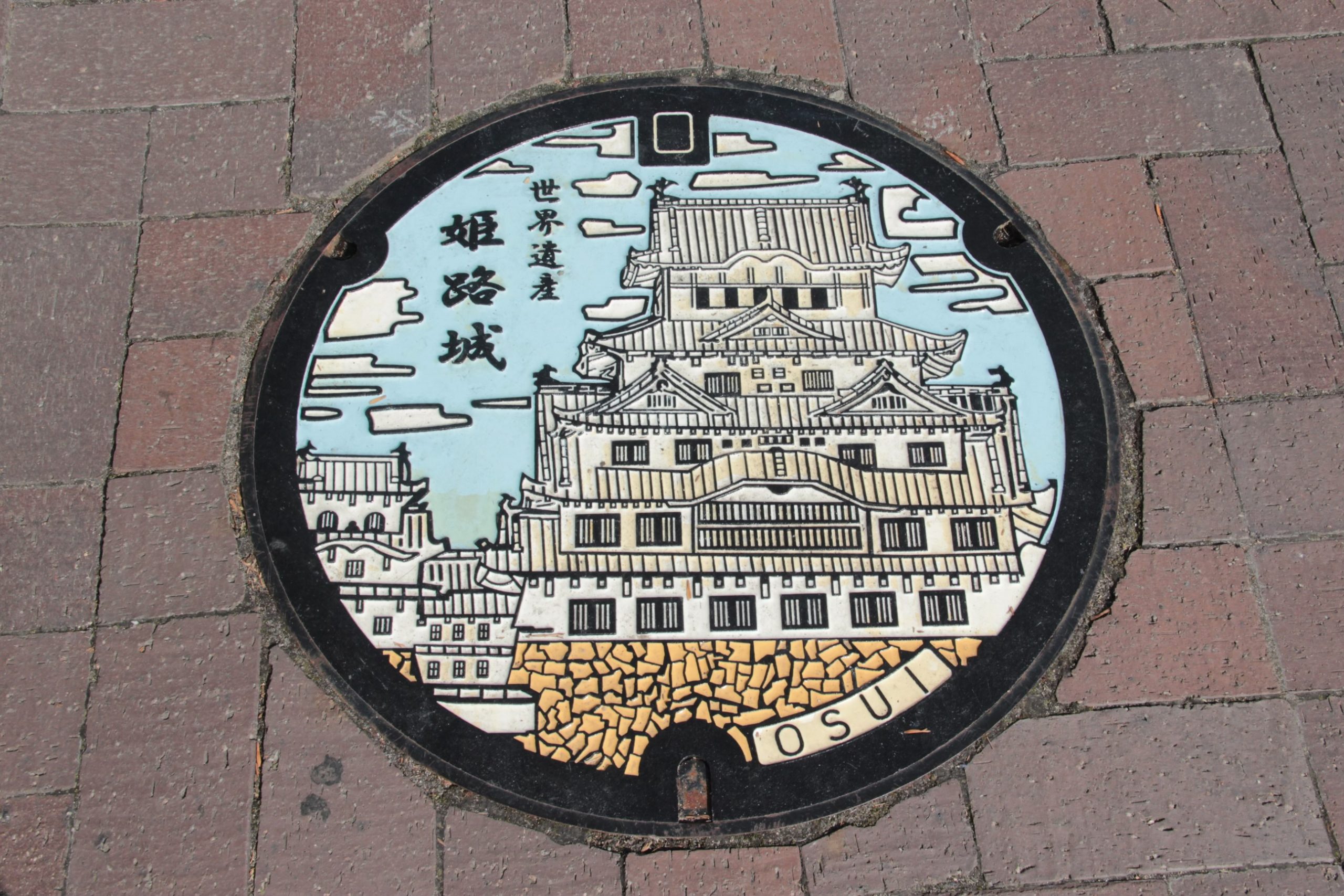
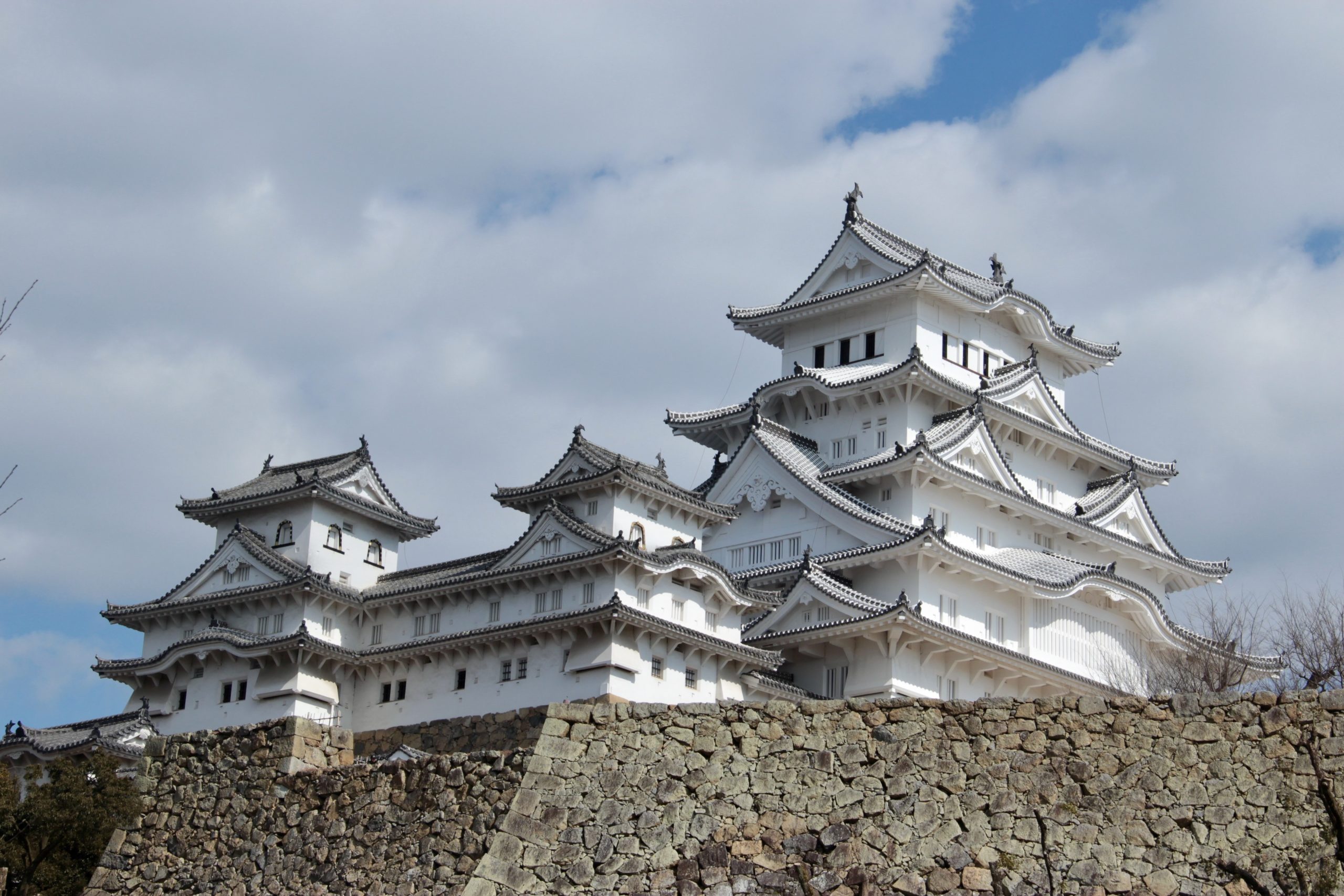
Architectural splendour
What sets Himeji Castle apart is its remarkable architectural design, characterized by its intricate wooden framework, imposing walls, and defensive features. The castle’s ingenious layout, comprising multiple layers of walls, gates, and narrow corridors, was ingeniously crafted to thwart invaders and provide strategic advantage during sieges. Ascending its steep staircases and traversing its labyrinthine pathways, visitors are transported back in time, gaining insight into feudal Japan’s military strategies and daily life.
Kokoen Garden
Kokoen is a relatively recently constructed Japanese-style garden opened in 1992 on the former site of the feudal lord’s west residence (Nishi-Oyashiki). It consists of nine separate, walled gardens designed in various styles of the Edo Period.
Kokoen Garden is conveniently located a short walk west of the castle’s main gate, Otemon Gate. It’s easily accessible from Himeji Station, either by a 20-minute walk or a quick five-minute ride by bus (100 yen one way) along the direct Otemae-dori Street, which leads straight from the station to the castle and garden.
The admission ticket needs to be purchased on-site and costs 310 yen. You can also get a combined garden and castle entry ticket for 1,050 yen.
The garden opens to visitors from 09:00 to 17:00, with the last admission at 16:30.
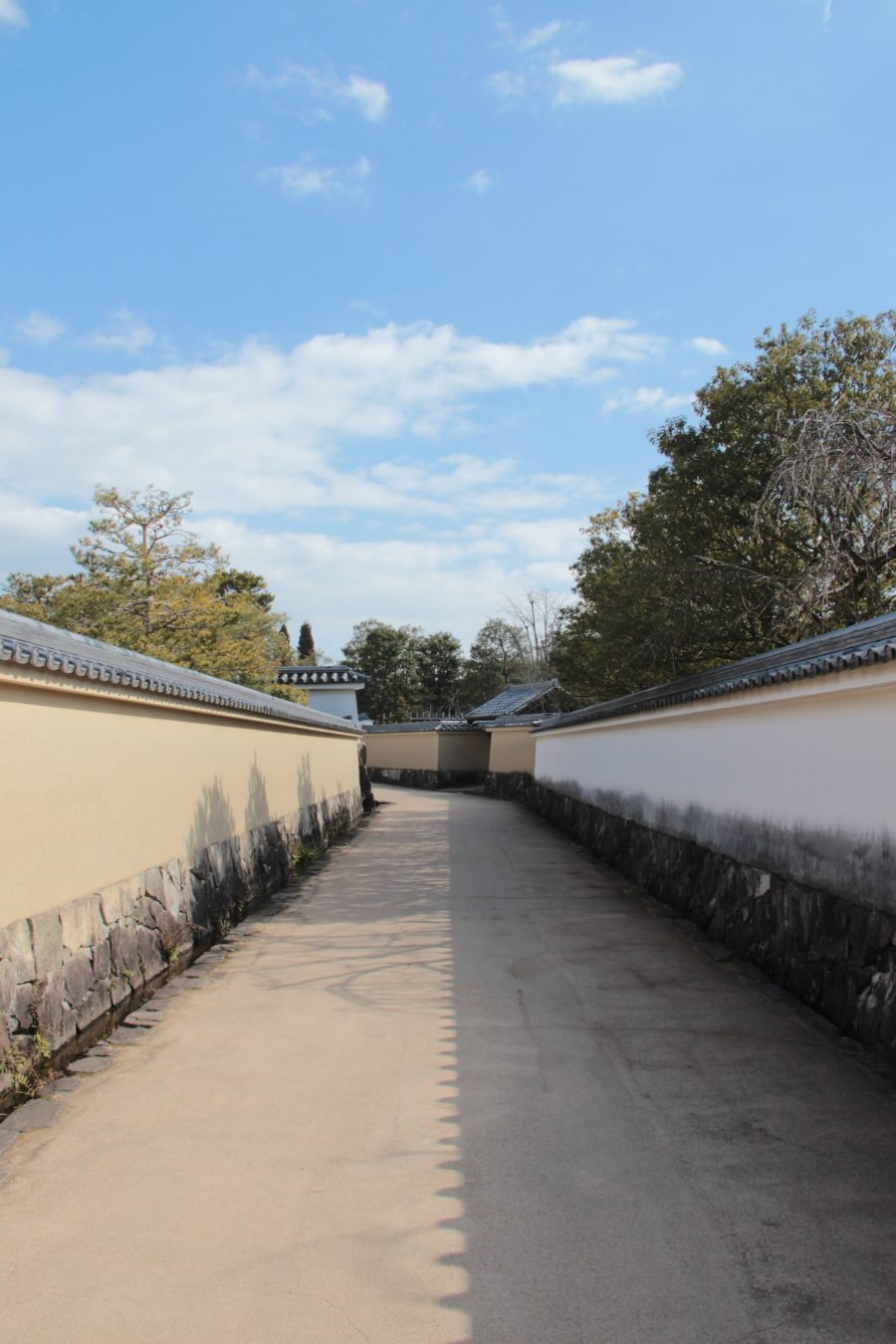
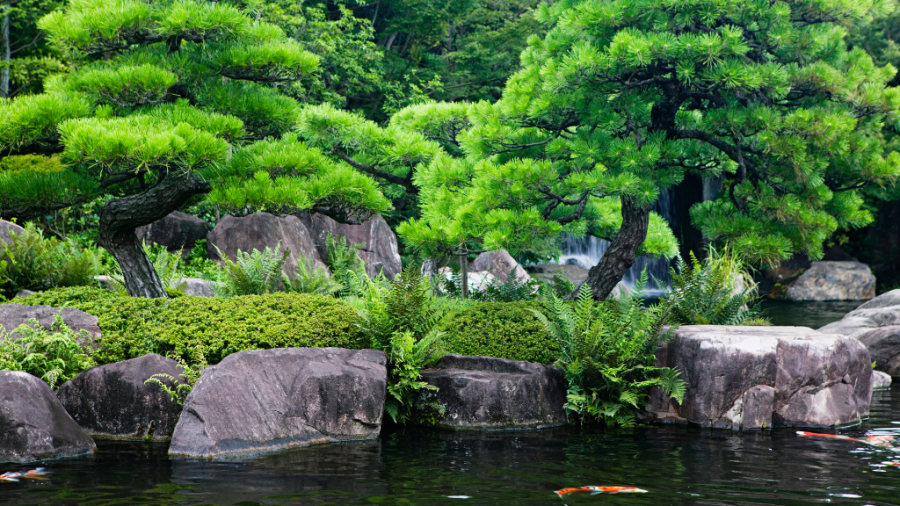
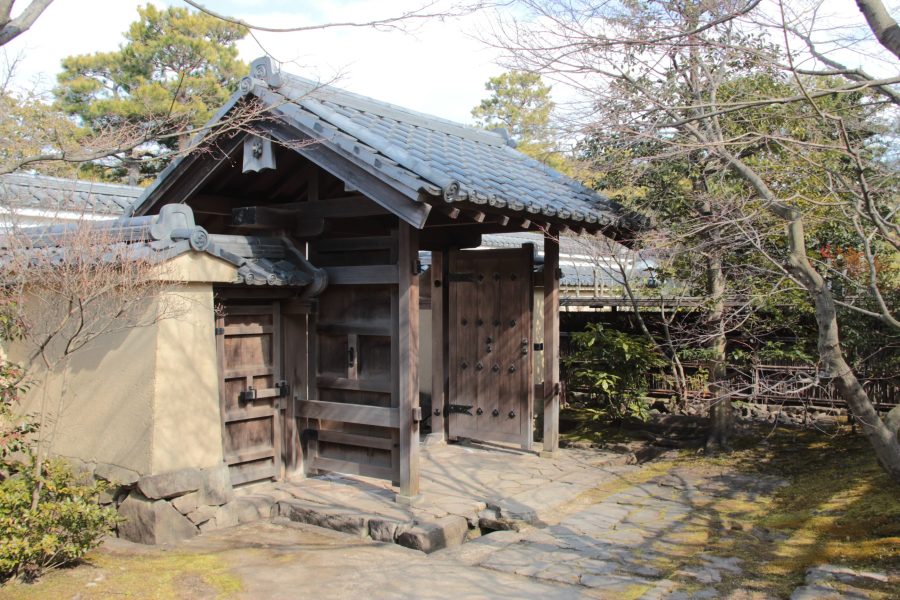
Practical visiting information
Visiting Himeji Castle is an immersive experience and not a quick one. Even to the entrance, you go through a tortuous uphill labyrinth intended to slow down the enemies and make them easy targets. The castle has seven floors, connected by steep stairs, and is supported by two enormous wooden pillars, one of which is original.
At the top is a Shinto Shrine dedicated to the kami of the castle, from which you can enjoy a wonderful view.
For those planning a visit to Himeji Castle, here are some practical tips to enhance your experience:
- Reaching Himeji: the castle is on the Shinkansen line between Osaka and Hiroshima. You can, therefore, visit it en route or plan a day tour from one of the two cities. Allow about twenty minutes to go from the station to the castle, then about a couple of hours for the visit.
- Opening Hours: Himeji Castle is typically open to visitors from early morning until late afternoon, from 09:00 to 17:00, with the last admission inside at 16:00. Extra opening hours may apply on busy days, during summer and the sakura season.
- Admission Fees: The admission ticket is valid only on the day, and there is no reservation system. The ticket costs 1,000 yen. Discounts are often available for students and seniors, and physically challenged visitors and their carers can enter free of charge by showing the certificate. Using a wheelchair is impossible.
- Closing days: Himeji Castle is closed to the public on December 29 and 30.
- Guided Tours: Consider joining a guided tour to gain deeper insights into the castle’s history and architecture. English-speaking guides offer informative and engaging commentary daily at 10:00 and 13:00.
- Footwear: As you’ll be walking on wooden floors and steep staircases, comfortable footwear (thick socks or comfortable indoor shoes) is recommended. You will have to put your outdoor shoes in a plastic bag (containing plant-derived materials) provided at the entrance of the building. (I always carry my show bag when travelling in Southeast Asia and Japan, and I recommend you do the same.)
- Photography: Capture the beauty of Himeji Castle through photographs, but be mindful of any restrictions on photography, especially in sensitive areas or during special exhibitions.
Can your visiting time be flexible? I then recommend you plan your Himeji experience after checking this updated congestion forecast calendar!
Out of curiosity
Ghostly Tales: Legend has it that Himeji Castle is haunted by the spirits of past inhabitants, adding an eerie allure to its already captivating aura. Tales of ghostly encounters and unexplained phenomena have only added to its mystique.
Hollywood Fame: Himeji Castle’s timeless beauty has captured the imagination of filmmakers worldwide. It has served as a backdrop for several iconic movies, including James Bond’s “You Only Live Twice,” further cementing its status as a cultural icon.
From its strategic significance in Japan’s feudal history to its timeless allure as a cultural landmark, Himeji Castle stands as a testament to the ingenuity and craftsmanship of generations past.
Whether you’re a history enthusiast, an architectural aficionado, or simply a curious traveller, a visit to Himeji Castle promises an unforgettable experience steeped in history, beauty, and intrigue. So, step back in time and immerse yourself in the majesty of Japan’s “White Heron Castle.”
I can’t wait to be back next February!


